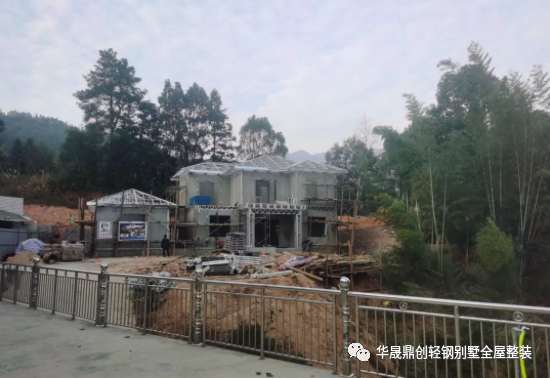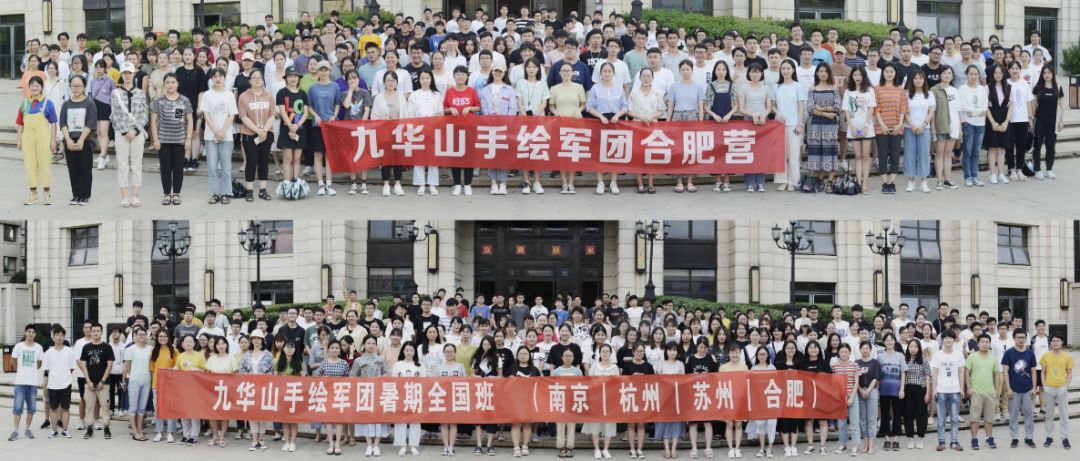2、 The industrialization of prefabricated buildings in overseas mature markets has become a global trend, which is also an urgent need for China’s reform and development.
Driven by the policy, the prefabricated construction industry has entered a stage of rapid development.
In the same year, it issued a series of strict industry norms and standards, which have been used until now.
Prefabricated components are transported to the site and hoisted by large mechanical equipment.
The early large-scale application of prefabricated buildings in Germany was mainly to solve the problem of housing shortage after the war.
2.
In recent years, it has proposed to develop passive buildings with zero energy consumption.
2.
3.
Because many construction steps of traditional technology are omitted, fundamentally, the construction period can be shortened and the construction efficiency can be significantly improved.
In the process of promoting large-scale and industrial structure adjustment, the housing industry has experienced a continuous evolution and improvement process from standardization, diversification, industrialization to intensification and informatization.
Compared with the traditional cast-in-situ method, there is no need to cast components on site in prefabricated buildings.
Through the development of prefabricated buildings, we can fully make up for the shortcomings of traditional construction.
For example, Shanghai will subsidize 100 yuan per square meter for prefabricated residential projects with a total construction area of more than 30000 square meters and a prefabricated assembly rate of 45% or more, with a maximum subsidy of 10 million yuan for a single project.
In 1976, the U.S.

The labor cost has also been significantly reduced and the labor cost has been greatly reduced..
National policy subsidies in order to continuously strengthen the positive guiding role of subsidy policies, local governments have also followed the national pace.
Germany is the country with the fastest reduction in building energy consumption in the world.
3.
Prefabricated houses were popular in the United States in the 1970s.
These components have good structural performance, great versatility and are easy to mechanized production.
One after another, 31 provinces across the country have issued support policies and subsidy standards for prefabricated buildings.
In the United States and Canada, the structural types of residential buildings in large cities are mainly concrete prefabricated houses and steel prefabricated houses, while in small towns, they are mainly light steel structure and wood structure residential systems.
The standardization, serialization, specialization, commercialization and socialization of residential components and parts in the United States are very high, almost 100%.
The construction period is short.
In addition to paying attention to quality, prefabricated houses now pay more attention to beauty, comfort and personalization.
On March 23, 2017, the Ministry of housing and urban rural development issued the action plan for prefabricated buildings in the 13th five year plan, the measures for the management of prefabricated building demonstration cities, the measures for the management of prefabricated building industrial bases, the 13th five year plan for the development of the construction industry and other relevant policies, in which the action plan clearly stated that by 2020, Prefabricated buildings account for more than 15% of new buildings in China, including more than 20% in key areas, more than 15% in actively promoted areas and more than 10% in encouraged areas.
The strong intervention and support of the Japanese government has played an important role in the development of the housing industry: ensuring the quality of precast concrete structures through legislation; Adhering to technological innovation, we formulated a series of guidelines and policies for the industrialization of housing construction, established unified modular standards, and solved the contradiction between standardization, mass production and housing diversification.
Congress passed the national industrialized housing construction and Safety Act.
Prefabricated houses in Germany mainly adopt laminated slab, concrete and shear wall structure system, and adopt component prefabricated and concrete structure, which has good durability.
According to the statistics of the American industrialized housing association, in 2001, the number of prefabricated houses in the United States reached 10 million, accounting for 7% of the total number of houses in the United States.
2.
1.
Saving and environmental protection.
Save manpower.
3、 Advantages of prefabricated buildings 1.
In 1990, the production system of medium and high-rise housing was launched, which adopts component, industrialized production mode, high production efficiency, variable internal structure of housing and adapts to a variety of different needs of residents.
Projects that voluntarily implement prefabricated buildings will be rewarded with a plot ratio of no more than 3%.
1、 Policy assistance is the core of the rapid development of prefabricated buildings.
Since then, in the guiding opinions on vigorously developing prefabricated buildings, the opinions of the general office of the State Council on promoting the sustainable and healthy development of the construction industry and the guiding opinions on vigorously developing prefabricated buildings, While providing policy direction guidance for the development of prefabricated buildings, it effectively encourages the application of prefabricated buildings in the process of urban development and construction.
The rise of Japan’s prefabricated construction industry stems from the urgent need to quickly solve the shortage of residential houses due to the damage of houses in Japan after World War II.
Through mechanized assembly construction, we can not only reduce the on-site construction personnel, but also alleviate the working pressure of management personnel.
From substantial energy-saving to passive buildings, Germany has adopted prefabricated houses, which are fully integrated with energy-saving standards.
1.
Prefabricated building modules are produced in factories, and the construction waste generated is 90% less than that of traditional buildings; The prefabricated building construction has a high degree of mechanization, which greatly reduces the wet operations such as mud, plastering and wall building on the site, and reduces the construction noise.
The United States has a large area and diversified development, and prestressed precast members are widely used.
Users can buy the required products through the product catalogue.
Policy background since 2013, relevant national departments have issued relevant policies, providing policy direction guarantee for the development of prefabricated buildings.
On September 14, 2016, Li Keqiang Li presided over the executive meeting of the State Council and decided to vigorously develop prefabricated buildings such as steel structures and promote the adjustment and upgrading of industrial structure.
Japan put forward the concept of prefabricated house in 1968.




